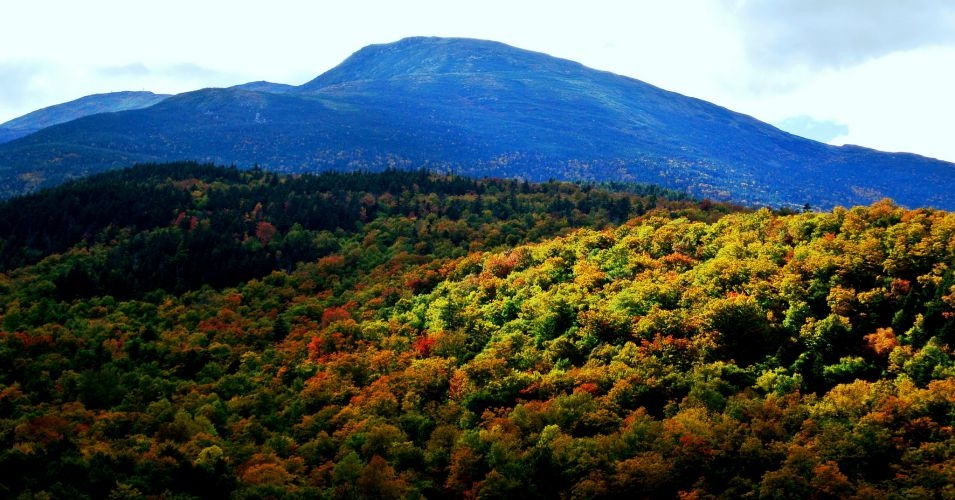Humankind Has Halved the Number of Trees on the Planet
ENVIRONMENT, 7 Sep 2015
Andrea Germanos – Common Dreams
Trees ‘store huge amounts of carbon, are essential for the cycling of nutrients, for water and air quality, and for countless human services’.
3 Sep 2015 – The good news: there are over 3 trillion trees covering the Earth—that’s far higher than the 4 billion estimated just two years ago, a team of international researchers has found.
But here’s the bad news: there were far more trees—46 percent more—before human civilization got hold, with an estimated 15 billion trees being lost own each year, with just 5 billion replanted.
“Trees are among the most prominent and critical organisms on Earth, yet we are only recently beginning to comprehend their global extent and distribution,” said Thomas Crowther, a Yale Climate & Energy Institute post-doctoral fellow at the Yale School of Forestry and Environmental Studies and lead author of the study, in a press statement.
The statement also described the findings as “the most comprehensive assessment of tree populations ever produced,” and the researchers say that, as forests function as carbon sinks, their new map provides important information for climate change models.
The total number they tallied, adding up to about 422 trees per person, suprised even Crowther. “They store huge amounts of carbon, are essential for the cycling of nutrients, for water and air quality, and for countless human services,” he stated. “Yet you ask people to estimate, within an order of magnitude, how many trees there are and they don’t know where to begin. I don’t know what I would have guessed, but I was certainly surprised to find that we were talking about trillions.”
Using data from forest inventories, satellite imagery, and computer technology, they assessed over global 400,000 forest plots, defining “tree” as any plant with woody stems larger than 10 centimeters in diameter at breast level.
The tropics have the largest area of trees, housing 43 percent of the over 3 trillion, while the boreal forests in the sub-arctic regions house the largest densities of trees. Tropical regions are also facing the greatest rates of deforestation, yet no region has been spared this negative human effect, they write.
Along with deforestation, humans are causing the dramatic tree loss through land-use changes and forest management. The researchers write: “the scale and consistency of this negative human effect across all forested biomes highlights how historical land use decisions have shaped natural ecosystems on a global scale.”
“We’ve nearly halved the number of trees on the planet, and we’ve seen the impacts on climate and human health as a result,” Crowther adds in his statement. “This study highlights how much more effort is needed if we are to restore healthy forests worldwide.”
The journal Nature, where the study was published, has this video to accompany the new findings:
httpv://www.youtube.com/watch?v=jqdOkXQngw8
_______________________________
Andrea Germanos is senior editor and a staff writer at Common Dreams.
This work is licensed under a Creative Commons Attribution-Share Alike 3.0 License
Go to Original – commondreams.org
DISCLAIMER: The statements, views and opinions expressed in pieces republished here are solely those of the authors and do not necessarily represent those of TMS. In accordance with title 17 U.S.C. section 107, this material is distributed without profit to those who have expressed a prior interest in receiving the included information for research and educational purposes. TMS has no affiliation whatsoever with the originator of this article nor is TMS endorsed or sponsored by the originator. “GO TO ORIGINAL” links are provided as a convenience to our readers and allow for verification of authenticity. However, as originating pages are often updated by their originating host sites, the versions posted may not match the versions our readers view when clicking the “GO TO ORIGINAL” links. This site contains copyrighted material the use of which has not always been specifically authorized by the copyright owner. We are making such material available in our efforts to advance understanding of environmental, political, human rights, economic, democracy, scientific, and social justice issues, etc. We believe this constitutes a ‘fair use’ of any such copyrighted material as provided for in section 107 of the US Copyright Law. In accordance with Title 17 U.S.C. Section 107, the material on this site is distributed without profit to those who have expressed a prior interest in receiving the included information for research and educational purposes. For more information go to: http://www.law.cornell.edu/uscode/17/107.shtml. If you wish to use copyrighted material from this site for purposes of your own that go beyond ‘fair use’, you must obtain permission from the copyright owner.
